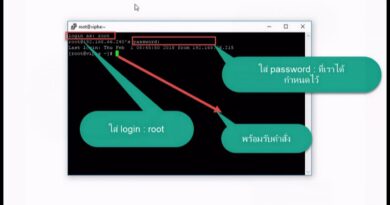What is SNMP (Simple Network Management Protocol )? Brief Introduction abount SNMP
What is SNMP?
Simple Network Management Protocol (SNMP) is an application–layer protocol defined by the Internet Architecture Board (IAB) in RFC1157 for exchanging management information between network devices. It is a part of Transmission Control Protocol⁄Internet Protocol (TCP⁄IP) protocol suite.
SNMP is one of the widely accepted protocols to manage and monitor network elements. Most of the professional–grade network elements come with bundled SNMP agent. These agents have to be enabled and configured to communicate with the network management system (NMS).
SNMP basic components and their functionalities
SNMP consists of
SNMP Manager
Managed devices
SNMP agent
Management Information Database Otherwise called as Management Information Base (MIB)
SNMP Manager:
A manager or management system is a separate entity that is responsible to communicate with the SNMP agent implemented network devices. This is typically a computer that is used to run one or more network management systems.
SNMP Manager’s key functions
Queries agents
Gets responses from agents
Sets variables in agents
Acknowledges asynchronous events from agents
Managed Devices:
A managed device or the network element is a part of the network that requires some form of monitoring and management e.g. routers, switches, servers, workstations, printers, UPSs, etc…
SNMP Agent:
The agent is a program that is packaged within the network element. Enabling the agent allows it to collect the management information database from the device locally and makes it available to the SNMP manager, when it is queried for. These agents could be standard (e.g. Net-SNMP) or specific to a vendor (e.g. HP insight agent)
SNMP agent’s key functions
Collects management information about its local environment
Stores and retrieves management information as defined in the MIB.
Signals an event to the manager.
Acts as a proxy for some non–SNMP manageable network node.
by For Looop
simple network management protocol



